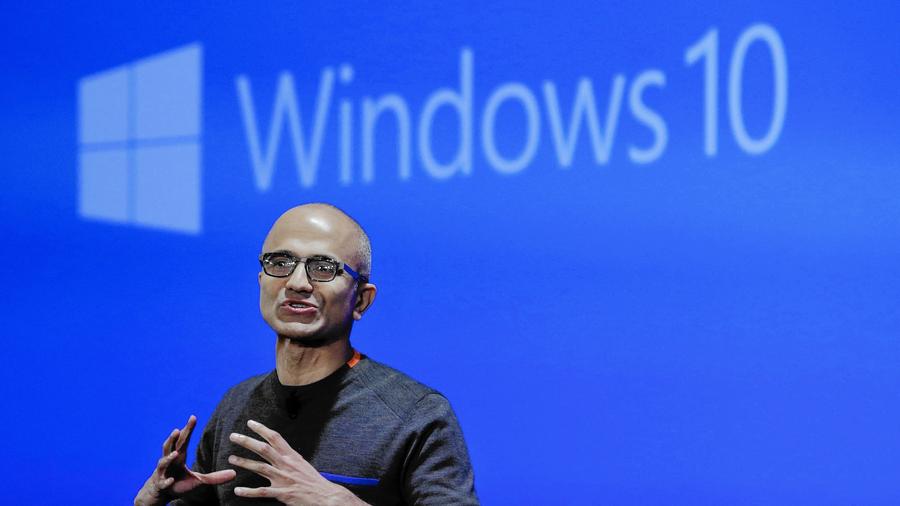Microsoft: No Charge For Window 10 System Upgrate

This week, when Microsoft releases Windows 10, the latest version of the company’s operating system, the software will offer a mix of the familiar and new to the people who run earlier versions of it on more than 1.5 billion computers and other devices.
A virtual assistant in the software will keep track of users’ schedules, and Microsoft will regularly trickle out updates with new features to its users over the Internet. And the Start menu, a fixture of Windows for decades, will make a formal reappearance.
But one of the biggest changes is the price. Microsoft will not charge customers to upgrade Windows on computers, a shift that underscores how power dynamics in tWhen Windows 10 goes on sale Wednesday, a new courtship begins. Microsoft Chief Executive Satya Nadella knows that if Microsoft is to compete with Apple, Google and others for another generation, Windows must become desired.
“We want to move from people needing Windows to choosing Windows, to loving Windows,” Nadella said.he tech industry have changed.
The urgency is clear. Microsoft generates nearly one-fifth of its revenue from selling Windows to corporate information technology departments and computer manufacturers. As sales of desktops and laptops have fallen, Microsoft has suffered.
“Microsoft’s two biggest challenges: They are reliant on a PC market, and in mobile they are a rounding error in market share,” said Daniel Ives, senior analyst at FBR Capital Markets.
Nevertheless, Microsoft continues to carry tremendous influence. Windows 7 remains the most-used operating system on traditional PCs, and it’s a brand that corporate IT departments won’t abandon any time soon.
Now, “the stage is set for Windows 10 to lead them into their next phase of growth, but as you see less demand for PCs, Microsoft needs to figure out what their next magic trick is,” Ives said.
Already, the company has been giving away mobile versions of Office apps such as Word and Excel, an effort to give the software some life in a category of devices where the company is weak. And it has made Windows free to companies that make smaller devices, mainly smartphones and tablets, to get more of them to use the software.
The thinking behind the Windows decision follows a similar logic. Microsoft decided to sacrifice some of its Windows revenue for the simple reason that the company needs people using Windows 10 — and fast. PCs have lost momentum in many ways to smartphones and tablets in recent years.
The benefits of fast and free adoption of Windows 10 could well outweigh the revenue Microsoft is giving up. The company does not disclose how much upgrade revenue it normally makes from a new operating system, but analysts estimate that it is small compared with the other ways the company makes money from the operating system.
Amy Hood, Microsoft’s chief financial officer, recently told investors that the company expected to make about $15 billion in revenue from Windows during its last fiscal year, which ended June 30.
